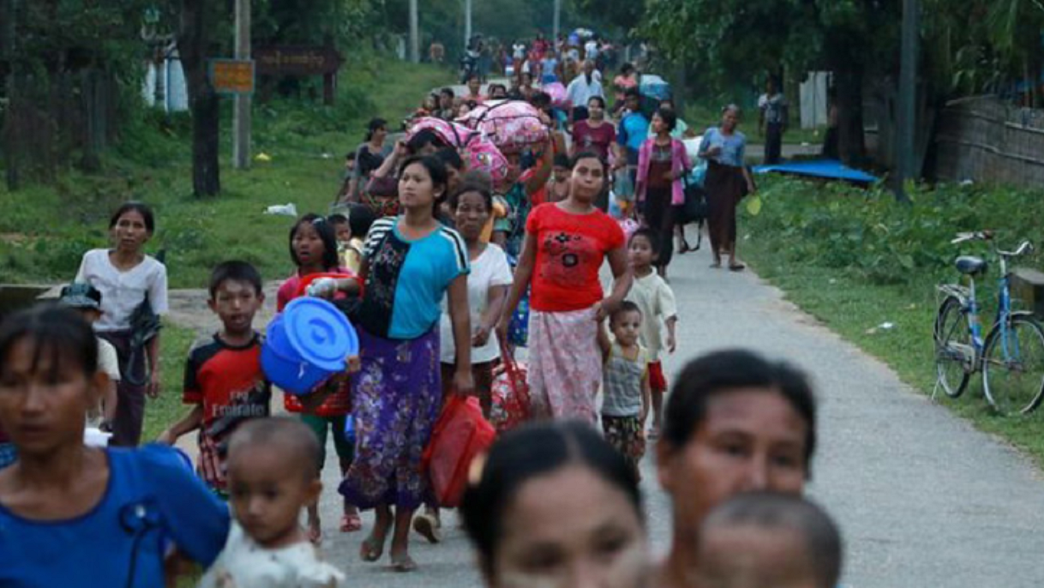
The Story of the Rohingya: The Displacement and Massacre of a Stateless People
You may or may not have heard of the Rohingya people, a majority Muslim ethnic group residing primarily in Myanmar. The history of the Rohingya people is a long and difficult one. It demonstrates the real effects of prejudice on those most vulnerable as well as the global community’s responsibility to protect and help persecuted communities. The Rohingya, who originate from the Rakhine state of Myanmar, have been continuously subjected to displacement since 1977 when the group was stripped of their citizenship. This came as part of what the Burmese (now Myanmar) military authorities called Operation Dragon King, whose purpose was to get rid of foreigners. This initiated the awful cycle of mistreatment and displacement that the Rohingya have faced. Throughout history, hundreds of thousands of Rohingya have fled from Myanmar to Bangladesh and other surrounding countries. They have often faced repatriation, effectively sending them back to the country that was no longer theirs and did not want them in the first place. In 2017, the cycle began again at alarming rates when Rohingya families were driven out of Myanmar during one of the biggest genocides and human rights crises that the modern world has ever seen.

Photo: Doinik Barta
It is estimated that 600,000 Rohingya currently still live in the Rakhine state of Myanmar. These individuals are in constant danger and face persecution every day. Fleeing to another country is neither easy, nor does it guarantee a better life for many of the Rohingya. Those who have escaped Myanmar and the atrocities committed at the hands of the government are hardly ‘free’. A majority of the Rohingya, approximately 900,000 of them, are living in overcrowded camps throughout Bangladesh. There has often been doubt about the credibility of the Rohingya atrocities as high ranking Myanmar officials have outwardly denied claims of ethnic cleansing and genocide. The photos and stories, however, tell a different side.
Myanmar government officials have tried to silence news outlets reporting on the stories of Rohingya refugees. However, survivors’ stories continue to be told. Stories like that of 13-year-old Mohammed Younus who, when his village was invaded, was shot in the head by the military. He and his family needed to leave Myanmar. Mohammed was given some medicine and his family began the long walk to Bangladesh. Leila Begum saw her husband stabbed and killed right beside her while they were running from the military. After being separated from her sons during the chaos, she returned to the village only to find their dead bodies on the ground. She and her daughters are now living in poverty, without access to opportunities for education and stability, but remain grateful for their safety. When the military began setting the houses in Rohima Kadu’s village on fire, she grabbed her grandchildren and fled, leaving her sick daughter behind. Upon returning to the house, she saw what was left of her daughter’s remains. Now in Bangladesh, she struggles to feed her grandchildren and take care of their medical needs.
Many of the stories that I have read describe hopes of a return to Myanmar someday. Others make clear that Myanmar is no longer ‘home’. The Rohingya are one of the largest persecuted groups in the world; they all have different stories and experiences. One thing that cannot be disputed is that they have all faced immense hardships and their stories and harsh realities of the Rohingya must be told. The global community must continue to speak out, to denounce the horrifying acts of the Myanmar government, and most importantly, to act in support of the Rohingya.
By Millie Lazovic
Carleton University Student
Comments
Login to Post a CommentNo login? Please enter your details below to continue.


